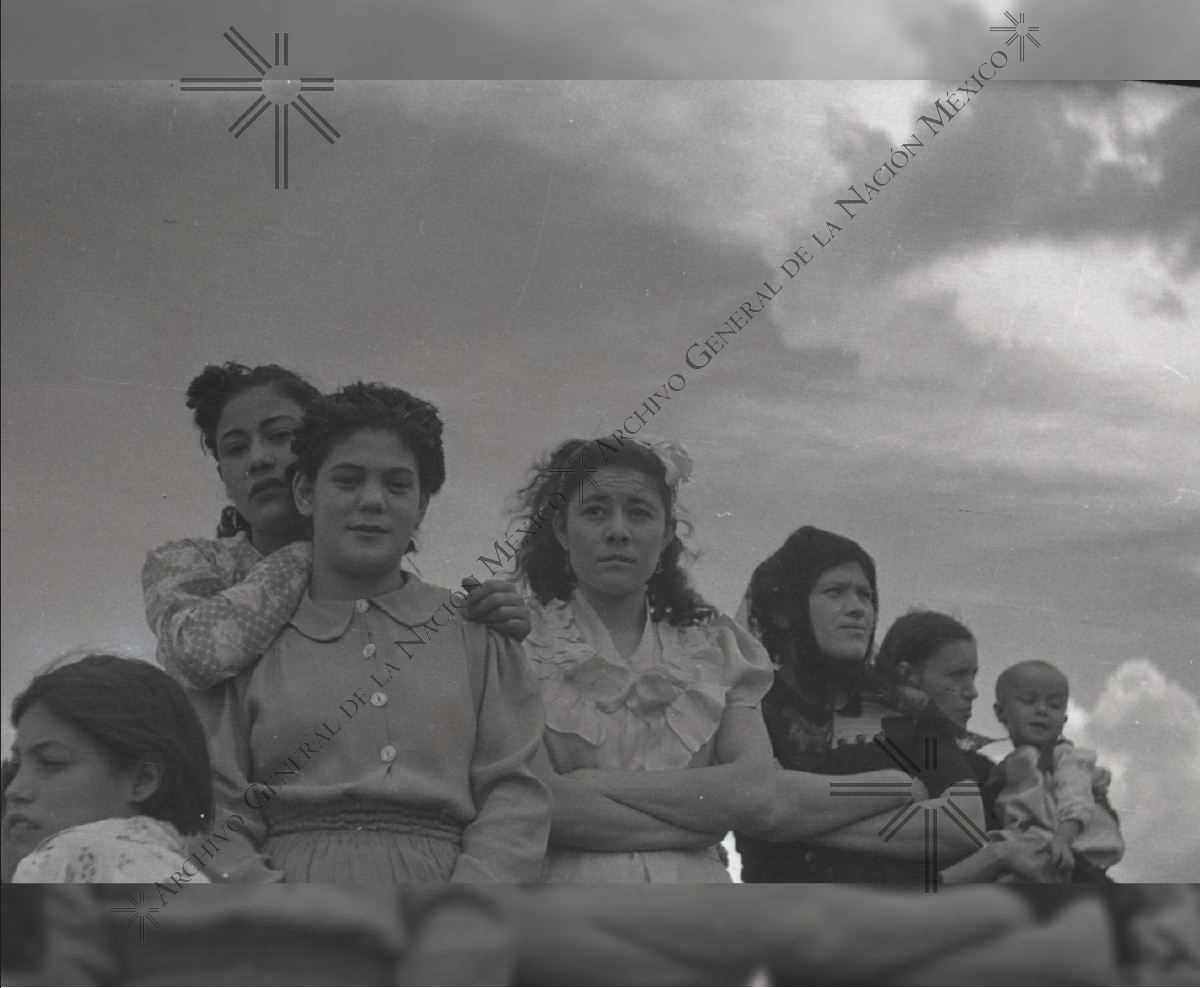How Spanish Women Found Their Beat in Mexican Exile
The Spanish Civil War led to an exodus of thousands seeking refuge from Franco's dictatorship, and among them were women whose stories have often been sidelined. Mexico didn't just offer asylum; it became a canvas for Spanish women to challenge patriarchal norms and reimagine their roles.

In the annals of modern history, the Spanish Civil War occupies a distinct chapter, fraught with ideological battles, cultural schisms, and a protracted human toll. When General Francisco Franco's Nationalist forces claimed victory in 1939, a mass exodus ensued—thousands fled the impending repression and persecution. Among them were women, whose stories are often submerged beneath the broader geopolitical narrative. Yet, a closer examination reveals that their experiences in exile, specifically in Mexico, offer critical insights into the resilience and ingenuity of Spanish women under the constraints of patriarchal norms.
The gravity of the human crisis invoked an international response. Countries like France, Belgium, the USSR, and notably Mexico, became sanctuaries for Spanish refugees. One striking example is the 1937 journey of the “Children of Morelia,” a group of 456 children—157 of whom were girls—that sailed from France to Mexico. However, it was post-1939 when Mexico witnessed a more significant influx of Spanish asylum seekers, catalyzed by the formal end of the civil war.




